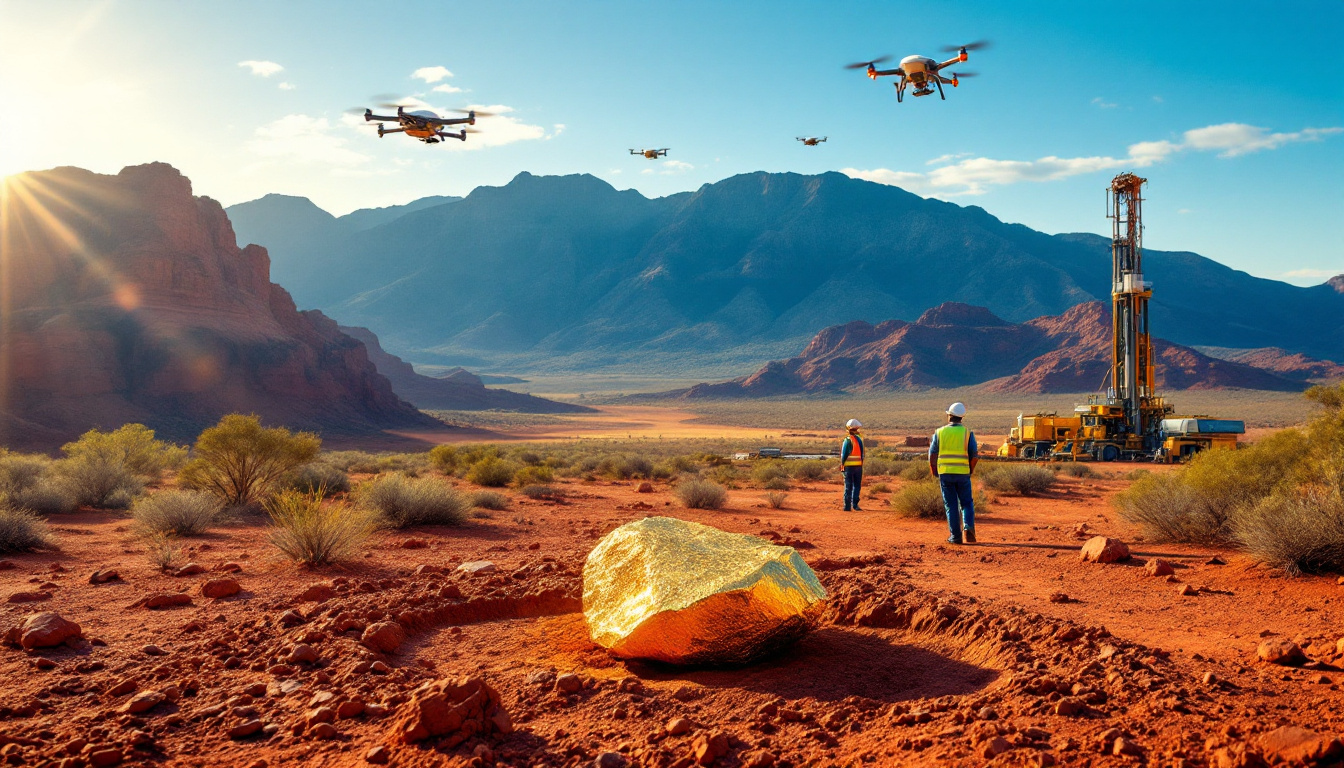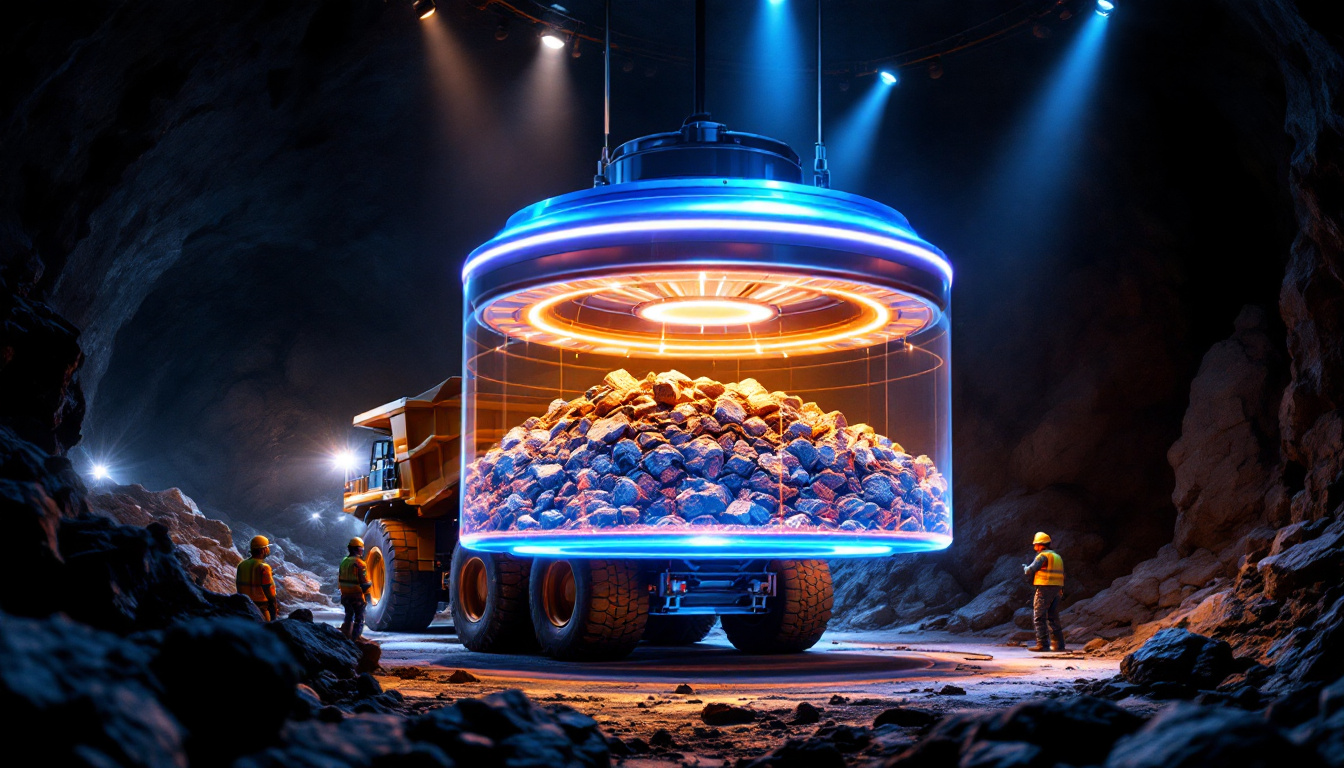First Quantum Halts Public Tours of Closed Panama Copper Mine
Panama's government has taken a firm stance against public tours at First Quantum Minerals' shuttered Cobre Panama copper mine, highlighting ongoing tensions between the mining company and national authorities. President Jose Raul Mulino expressed concern about potential misperceptions regarding the mine's operational status, prompting First Quantum to suspend its public visit program immediately.
"I don't want them to give the impression that the mine is operating," President Mulino stated, reinforcing the government's position that the facility remains officially closed according to Reuters reports.
The suspension of tours represents the latest development in a complex dispute that has significant implications for both Panama's economy and global copper markets. With approximately 120,000 metric tons of copper concentrate still stranded at the site, the situation underscores the growing challenges facing international mining operations in countries with heightened environmental consciousness and highlights the Panama copper dispute and its impact on global supply.
What Happened to First Quantum's Panama Copper Mine?
The Cobre Panama mine, one of Central America's largest copper operations, was ordered to cease operations in late 2023 following widespread public protests. These demonstrations, which gathered momentum throughout 2023, centered primarily on environmental concerns related to the mine's impact on local watersheds and biodiversity-rich rainforests in the Donoso region.
Panama's Supreme Court ruled in November 2023 that the law approving First Quantum's mining contract was unconstitutional, effectively invalidating the company's legal right to operate. This decision came after weeks of nationwide protests that saw environmental activists, indigenous communities, and student groups forming blockades on major highways leading to the mine site.
The mine's closure marked a significant victory for environmental advocates who had long argued that the operation threatened Panama's delicate ecosystem. Experts estimate that the mine's footprint affected approximately 13,000 hectares of pristine rainforest, with concerns about heavy metal contamination in waterways that connect to both the Caribbean Sea and Pacific Ocean.
Industry analysts note that First Quantum had invested over $10 billion in developing the Cobre Panama facility, making it the largest private investment in Panama's history. The company had projected a 40-year operational lifespan for the mine, with annual production capacity exceeding 350,000 tons of copper.
What Is the Current Status of Negotiations?
As of March 2025, negotiations between First Quantum and the Panamanian government remain at a standstill. President Mulino has established a clear prerequisite for any discussion about the mine's future: First Quantum must suspend its ongoing international arbitration proceedings against Panama.
"Everything will be studied, but right now we don't have anyone to study it with," Mulino stated, indicating that while the possibility of a new mining contract hasn't been completely ruled out, meaningful dialogue cannot proceed under the shadow of legal action.
The arbitration, filed under the Canada-Panama Free Trade Agreement, reportedly seeks damages exceeding $20 billion for what First Quantum characterizes as an illegal expropriation of its investment. The case is being heard by the International Centre for Settlement of Investment Disputes (ICSID), a World Bank arbitration forum.
A particularly pressing issue involves the fate of approximately 120,000 metric tons of copper concentrate currently stored at the mine site. This material, valued at roughly $1 billion at current market prices, represents copper that was extracted but not exported before the mine's closure. The Panamanian government has not yet determined whether to allow the export of this material, creating uncertainty for both First Quantum's balance sheet and metal traders who had anticipated this supply.
Mining industry experts note that the extended storage of copper concentrate can lead to degradation of the material quality and potentially create environmental hazards if not properly maintained—adding urgency to resolving this specific aspect of the dispute.
How Did This Mining Dispute Develop?
The conflict between First Quantum and Panama evolved from a combination of political, environmental, and economic factors that culminated in the unprecedented closure of a fully operational world-class mining asset.
Initial public opposition to the mine began gaining momentum in early 2023 when Panama's government approved a revised concession agreement that guaranteed First Quantum operational rights for 20 years, with an option to extend for another 20 years. The new contract increased royalty payments to Panama from approximately $40 million to a minimum of $375 million annually.
Despite the economic benefits, the agreement sparked immediate backlash. Environmental activists pointed to studies showing potential contamination of watersheds from acid mine drainage and heavy metal leaching. Indigenous communities raised concerns about inadequate consultation processes, while economic nationalists questioned whether Panama was receiving fair compensation for its natural resources.
By October 2023, protests had expanded nationwide, with participants estimated at over 250,000 across multiple cities—nearly 6% of Panama's total population. The demonstrations represented one of the largest mass mobilizations in Panama's recent history, crossing traditional political and social divides.
First Quantum initially attempted to address concerns through enhanced environmental monitoring and community investment programs, but public sentiment had solidified against the operation. When Panama's Supreme Court invalidated the mining contract in November 2023, the government had little political choice but to enforce mine closure.
The company's subsequent decision to pursue international arbitration further complicated the relationship, with Panamanian officials viewing the legal action as antagonistic rather than collaborative. This fundamentally altered the dynamic from one of potential negotiation to adversarial legal positioning.
What Are the Economic Implications?
The closure of Cobre Panama represents a significant disruption to both Panama's economic outlook and global copper markets. Before its shutdown, the mine accounted for approximately 1.5% of global copper supply and contributed nearly 5% to Panama's GDP.
For Panama, the economic consequences are substantial. The International Monetary Fund revised the country's 2024 growth forecast downward from 5% to 2.5% following the mine closure. Government revenue projections show a shortfall of approximately $400 million annually from lost royalties and taxes, forcing difficult fiscal decisions for a nation already managing significant public debt.
Employment impacts have been equally severe. The mine directly employed about 7,000 workers and supported an estimated 40,000 indirect jobs throughout Panama's economy. Many of these positions offered salaries substantially above the national average, creating ripple effects through local economies in previously underdeveloped regions.
First Quantum's financial position has deteriorated significantly since the closure. The company's share price declined more than 65% from its 2023 peak, wiping out approximately $15 billion in market capitalization. Credit rating agencies downgraded First Quantum's debt to below investment grade, increasing borrowing costs and limiting financial flexibility.
Global copper markets initially reacted with a price spike of approximately 8% following the mine closure announcement, though prices subsequently moderated as traders adjusted supply forecasts. Nevertheless, analysts at Goldman Sachs estimate that the prolonged absence of Cobre Panama's output will contribute to a global copper deficit exceeding 500,000 tons in 2025, supporting higher long-term price projections.
The timing of this supply disruption is particularly consequential given the complex role of mining in the clean energy transition. The metal is essential for electric vehicles, renewable energy systems, and grid infrastructure—all key components of decarbonisation efforts worldwide.
What Options Exist for Resolution?
Resolution pathways remain limited while First Quantum's arbitration proceedings continue, but several potential scenarios could eventually emerge.
The most straightforward option—though currently blocked by the arbitration impasse—would be negotiation of a new mining contract with substantially enhanced environmental protections, community benefits, and financial terms favouring Panama. President Mulino has not ruled out this possibility, stating: "We hope to cross that bridge when we come to it."
Any new agreement would likely require unprecedented environmental monitoring systems, including independent third-party verification. Financial terms would almost certainly exceed the $375 million annual minimum from the invalidated contract, potentially incorporating profit-sharing mechanisms that adjust with copper prices rather than fixed royalty rates.
Another possibility involves partnership with a different mining operator. Several major companies, including Rio Tinto's strategic shift in copper investments for clean energy and Southern Copper, have reportedly expressed interest in potentially acquiring First Quantum's rights to the project—though such transfers would face significant legal and regulatory hurdles.
The Panamanian government might also consider temporary nationalisation of the mine, similar to Indonesia's approach with the Grasberg copper-gold mine before reaching new terms with Freeport-McMoRan in 2018. However, Panama lacks the technical expertise and capital to operate the mine independently, making this option practically challenging.
The immediate resolution of the 120,000 tons of stored copper concentrate presents a potential confidence-building measure. If Panama permits export of this material while maintaining its position on mine operations, it could signal willingness for practical engagement without compromising on core environmental principles.
Industry experts note that time favours Panama in this dispute. First Quantum faces mounting financial pressure from the continued idling of a multi-billion dollar asset, while Panama's diverse economy can better absorb the impact—though not without significant adjustment challenges.
FAQs About the First Quantum Panama Mine Closure
What led to the closure of First Quantum's Panama copper mine?
The mine was closed following Panama's Supreme Court ruling in November 2023 that declared the mining contract unconstitutional. This legal decision came after unprecedented nationwide protests focused on environmental concerns, including potential watershed contamination and deforestation in biodiverse regions. The court determined that the contract approval process had violated constitutional requirements for protecting Panama's natural resources.
What is the current legal status of the dispute between Panama and First Quantum?
First Quantum has initiated international arbitration proceedings against Panama under the Canada-Panama Free Trade Agreement, seeking damages reportedly exceeding $20 billion. The case is being heard by the International Centre for Settlement of Investment Disputes (ICSID). Panama's government has indicated that productive negotiations cannot begin until First Quantum suspends these legal proceedings.
How has the mine closure affected copper prices globally?
Copper prices initially surged approximately 8% following the closure announcement, reflecting the removal of 1.5% of global supply (approximately 350,000 tons annually). While prices subsequently moderated, analysts project a tighter market through 2025, with Goldman Sachs estimating a global supply deficit exceeding 500,000 tons. This supports higher long-term price projections, particularly given copper's critical role in electrification and renewable energy infrastructure, as outlined in recent mining and finance industry predictions for 2025.
What environmental concerns were raised about the Cobre Panama mine?
Environmental concerns focused on several key issues: deforestation of approximately 13,000 hectares of primary rainforest; potential contamination of watersheds from acid mine drainage and heavy metal leaching; threats to biodiversity in the Mesoamerican Biological Corridor; impacts on marine ecosystems from the coastal processing facility; and the mine's substantial carbon footprint from energy-intensive operations. Independent studies indicated potential long-term impacts on water quality extending to both the Caribbean and Pacific watersheds.
What options does First Quantum have to resolve the situation?
First Quantum's primary options include: suspending arbitration to enable direct negotiations with Panama's government; pursuing a settlement within the arbitration framework that permits resumed operations under modified terms; considering partnership or sale to another operator with better governmental relations; maintaining legal pressure while implementing enhanced stakeholder engagement strategies; or ultimately accepting the loss and seeking financial compensation through arbitration. Industry precedent suggests that negotiated settlements are possible even after significant disputes, as demonstrated by Freeport-McMoRan in Indonesia and Barrick Gold in Tanzania, providing valuable insights for those navigating mining investment strategies and trends.
Ready to Spot the Next Major Mineral Discovery?
Stay ahead of the market with Discovery Alert's proprietary Discovery IQ model, delivering instant notifications on significant ASX mineral discoveries and turning complex data into actionable investment insights. Explore our dedicated discoveries page to understand how major mineral finds can generate substantial returns for early investors.




